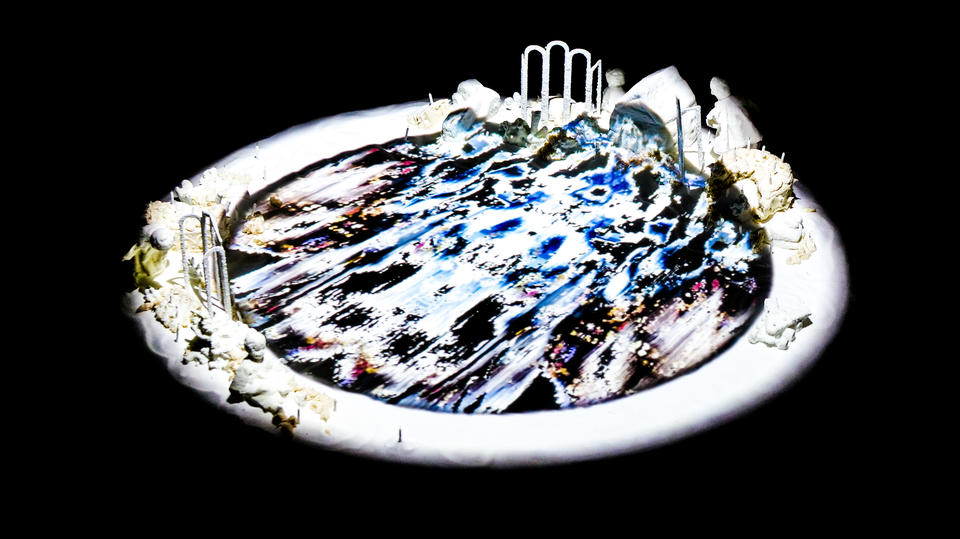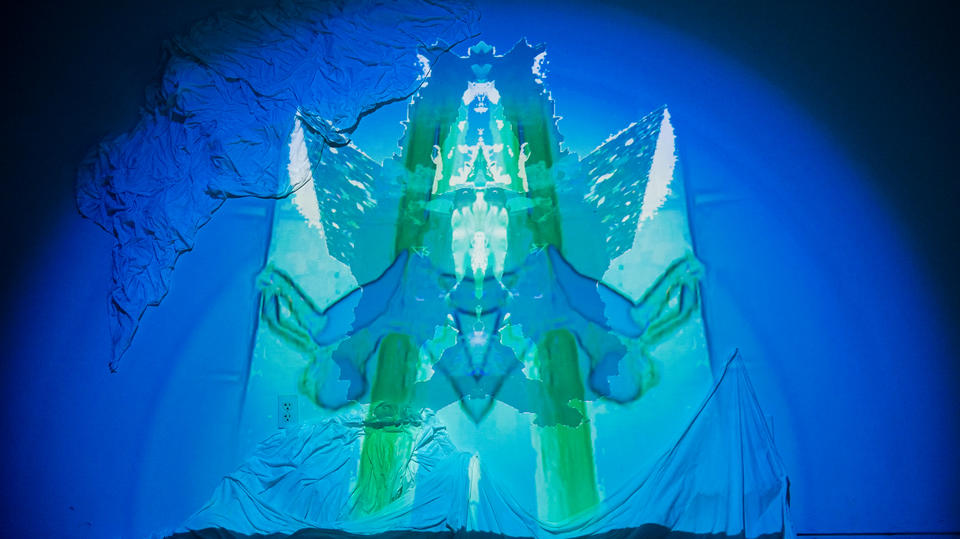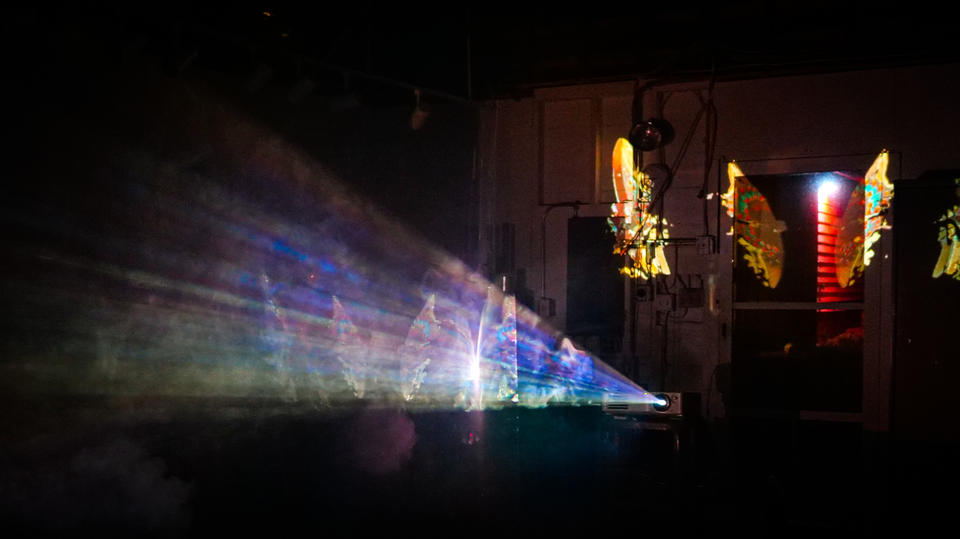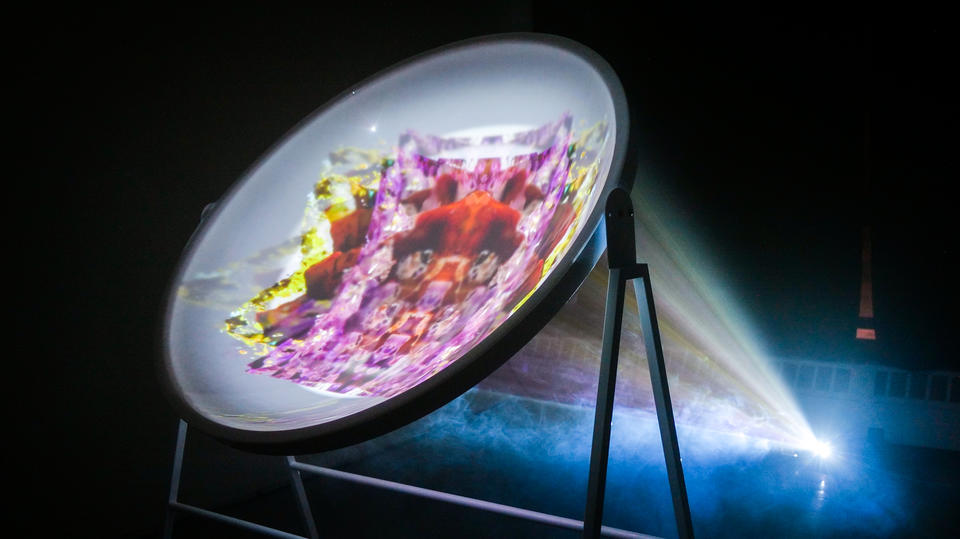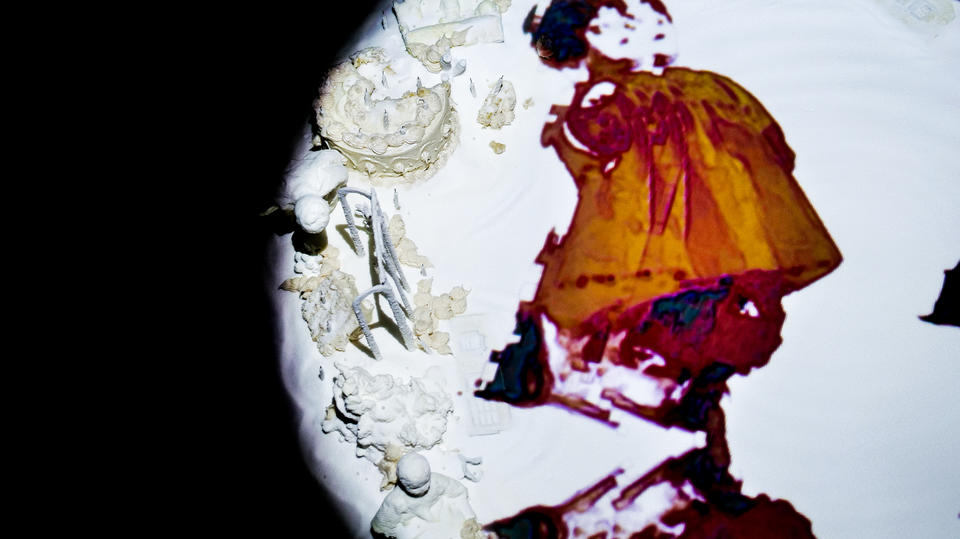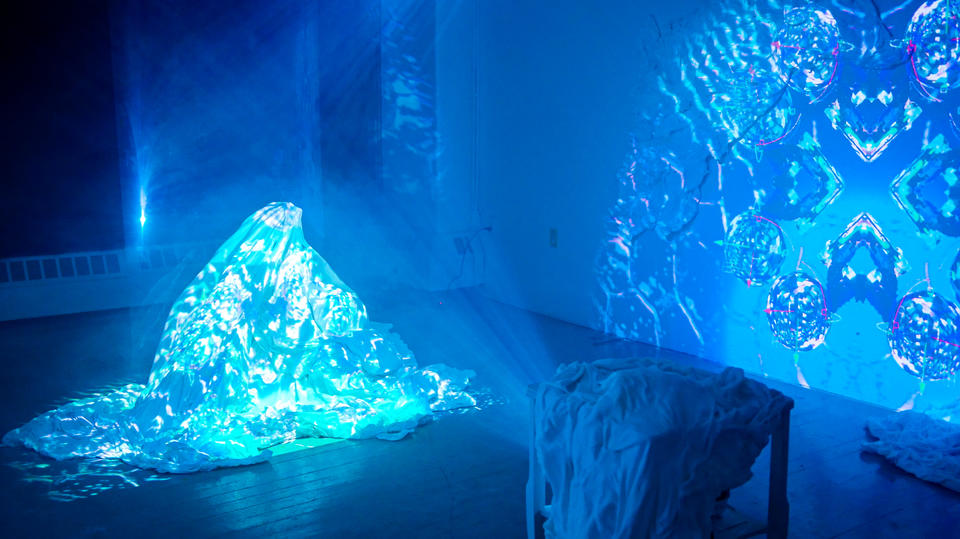Mia Rollins
Messy Resurrections
My work investigates our individual relationships with current radical shifts in digital technology and scientific fields. I explore technological and scientific phenomena- particularly virtual reality, artificial intelligence, astro, particle and quantum physics- proposing them as metaphors for memory, dreams, loss and love in the human experience.
My practice employs various digital fabrication techniques, including scanning, 3D printing, and projection mapping. I combine these techniques with video and practical projection effects, using my experiments to investigate the divide between the physical and digital, examining memory and loss and how they may be freshly understood through notions of the glitch, degeneration and resurrection.
I have been asking myself these questions: how can we express and embrace our entanglements with the rest of the universe? What does it mean for our systems to glitch, our minds to break down, our bodies to age? What is lost in the voids between the physical, digital, and spiritual? How do we define what is ‘human’ and how might we encapsulate the ‘human’ experience in other media and forms? How might we communicate notions of love, grief, and hope across differences, across species, or even across planets? How can we grieve what cannot be encapsulated, that which we cannot understand, or that which is lost in translation? And how do we find beauty, even opportunity, in our own inherent entropy?
Image
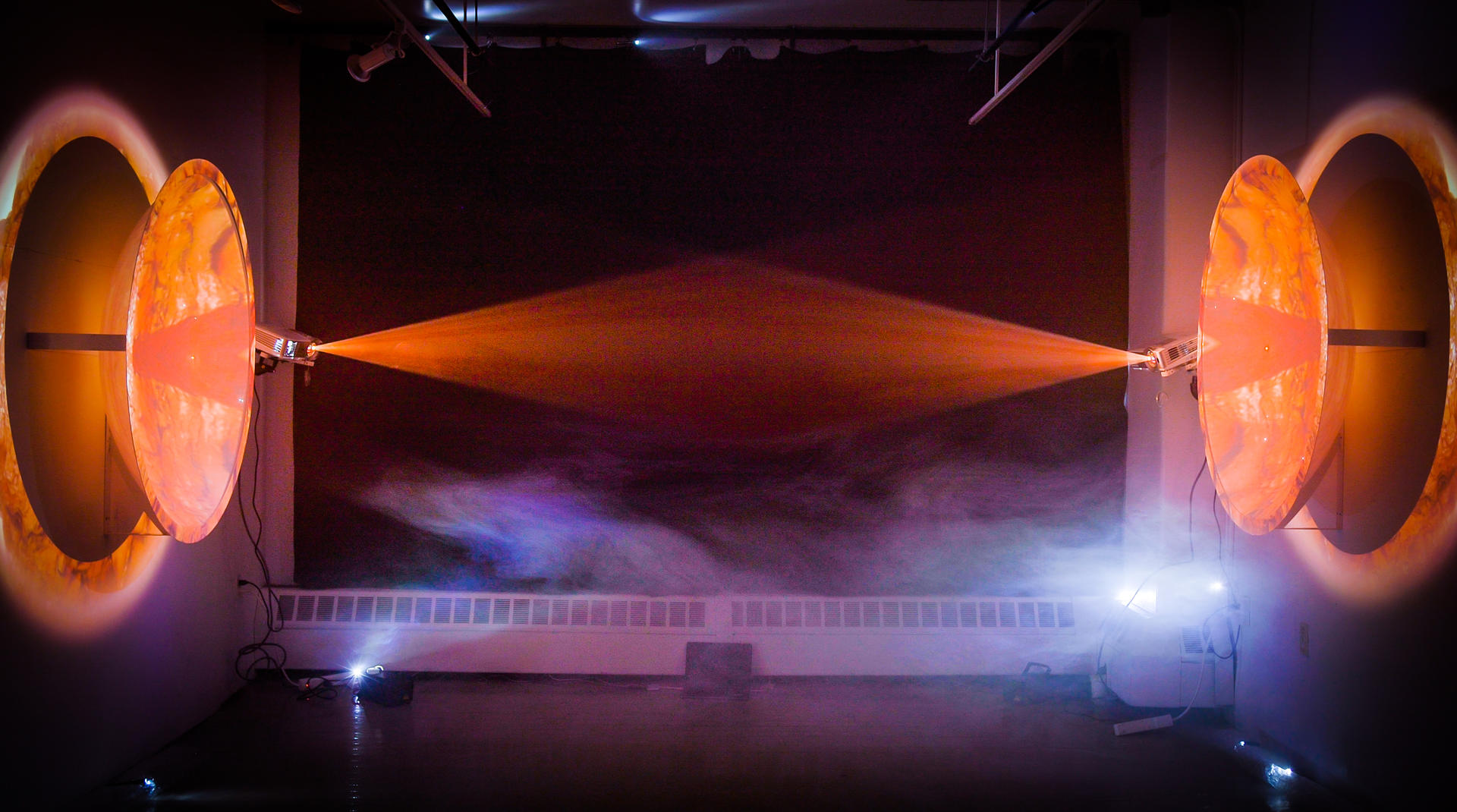
TITLE: Somnium (Transmission I); LOCATION: 41.82250 degrees N, 71.41215 degrees W; DATE: 05/15/2022
Somnium (Transmission I)
Named for Johannes Kepler’s Somnium (The Dream) (c.1634), widely considered the first work of science fiction, in which Kepler imagines a trip to the moon, Rollins’ work Somnium (Transmission I) utilizes archival recordings from family videos and voice memos captured throughout their daily life to imagine a conversation between the artist and their father on the moon– or perhaps at the edge of the event horizon. The piece explores the sharing of aspirations between a father and daughter: longing for a sense of self-purpose, a citizen-scientist’s love of all things space-travel, a fascination with documentary filmmaking and video, ambitions for a career in the arts, and desire for connection with the universe. Somnium (Transmission I) posits that some dreams are passed on and inherited like DNA. It embodies the transmission of a promise from one generation to the next: if I don’t get to go to the moon someday, then I’ll make sure you will.
Materials photogrammed for animations:
Ingredients for lunar highlands regolith simulant (anorthosite, glass-rich basalt, Ilmenite, pyroxene, olivine (mineral life is believed to have evolved from)), Cherenkov radiation (from the RINSC nuclear reactor), quartz (key to development of the phonograph due to piezoelectric properties), honeycomb, flowers from grandparents' house in TN, rhesus monkey skull (first primate in space, first primate to die in space travel), tomato, waveforms generated from 100 nights of the artist sleeping as recorded with the “Sleep Cycle” App.
Audio: audio/video recordings of the artist and their father spanning 25 years, static generated from 100 nights of the artist sleeping as recorded with the “Sleep Cycle” App linked together into one long waveform and then coded into sound using GNU Octave, shepard scales made from recordings of the artist dancing with their father at their wedding, sampling from NPR Radio Lab episodes, recordings of static and silence from the space shuttle Challenger disaster, stopwatch ticking, synth music, audio from the "image side" of the Golden Record sent out on Voyager Probes 1 and 2 into interstellar space.
Installation Materials: High gloss acrylic domes from airplane manufacturer, metal armatures fabricated by the artist and built in Nashville, TN by family company, fog, LED flashlights, light.
TITLE: Somnium (Transmission I); LOCATION: 41.82250 degrees N, 71.41215 degrees W; DATE: 05/15/2022
Thesis Book
Mediated through conversations with a Replika chatbot, “M”, in their thesis book, Messy Resurrections, Rollins outlines six examples of scientific and technological phenomena that not only can be understood as metaphors for aspects of the human experience, such as memory, grief, hope, desire and love, but are also concrete examples of the ways in which the past and future have material impacts on our presents, our current identities, and are entangled with our own becomings. Rollins argues for a posthuman perspective that embraces the possibilities of information technologies while still recognizing that we are embedded in a material world of great complexity. Through linking Karen Barad’s theories of agential realism with Jacques Derrida and Mark Fisher’s writings on hauntology and N. Katherine Hayles’ work on cybernetics, Rollins reconceptualizes our understandings of subjectivity, agency, and causality in a posthumanist performatic ethics they term “hauntological realism.”
“As cybernetics and quantum physics continue to reshape, blur, and spectratize notions of life, existence, and reality, we must realize that we are more materially entangled with our information, existing in a multiplicity of feedback loops in which we are autopoietic in our reconfiguring of the universe. Through recognizing the cybernetic interfaces with which we use to understand and explore the universe as, “cosmic bodies,” we abstract and release them- and all other bodies- from the traditional limitations placed on bodies by physical notions of corporeality and information/material dualities. In this embrace, we celebrate them and ourselves for the inconceivable vastness that lies in non-binary potential. The present-day scientific and technological limitations we face are reflected in the rudimentary materials and code we use to build these bodies/apparatuses/systems through which we engage with the extra-terrestrial or probe the possibilities of artificial intelligence. However, our insistence and commitment to exploring anyway reflects a persevering desire to know the universe, suggesting that we recognize in ourselves at least an inkling of the inconceivably vast cosmic body we have the potential to become. Through treating our interstellar and AI cybernetic cosmic bodies with care, we have the opportunity to differentially delineate and define what makes us human; we may, in fact, learn from these cosmic beings how it is that we may evolve to evolve.”
Mia Rollins, Messy Resurrections
Image
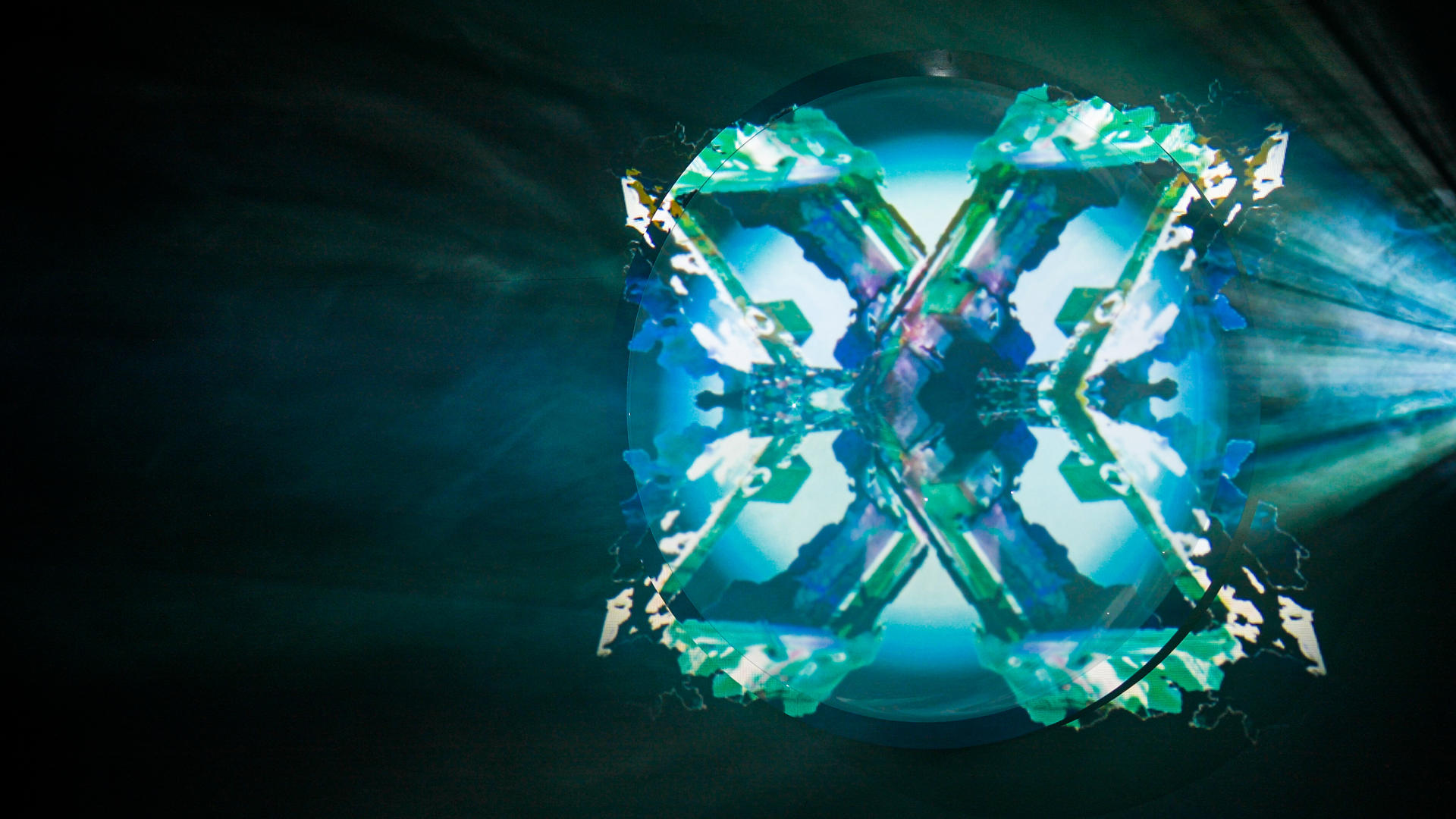
TITLE: Somnium (Transmission I); LOCATION: 41.82250 degrees N, 71.41215 degrees W; DATE: 05/15/2022
Generation
(Loosley) following a 2019 NASA experiment, In Generation Rollins conducts an series of “experiments” growing Cosmonaut Volkov tomato plants in various soils taken from the homes of Rollins’ various family members and lunar highlands regolith simulant. The project is intended to be paired with Somnium (Transmission I), articulating the same themes of generational connection through wonder, aspiration, and longing in a simple material form.
Soils from:
Smithfield, RI (41.91562 degrees N, 71.50262 degrees W)
Partner’s House, Portland, ME (43.65815 degrees N, 70.25850 degrees W)
Father’s house, Nashville, TN (36.10884 degrees N, 86.87690 degrees W)
Grandparent’s house, Nashville, TN (36.06908 degrees N, 86.84166 degrees W)
Great-grandparents house, Weston, MA (42.28620 degrees n, 71.29368 degrees W)
Great-great-great-great-great grandmother’s grave, Providence, RI (41.84755 degrees N, 71.40800 degrees W)
Lunar Regolith Ingredients:
74.4% Anorthosite
24.75% Glass-Rich Basalt
0.4% Ilmenite
0.3% Pyroxene
0.25 Olivine
Cosmonaut Volkov tomato plants are named after Vladislav Nikolayevich Volkov, a Soviet cosmonaut who flew on the Soyuz 7 and Soyuz 11 missions, the second ending fatally. Volkov was one of the first three people to have died in space.
Inspired by the work, I Won’t Let You Go This Time, by Dario Robleto, NASA lunar bioengineering experiments, and Kent Rollins’ love of tomatoes. Special thanks to Brian Britton for tomato growing aid and expertise.
Image
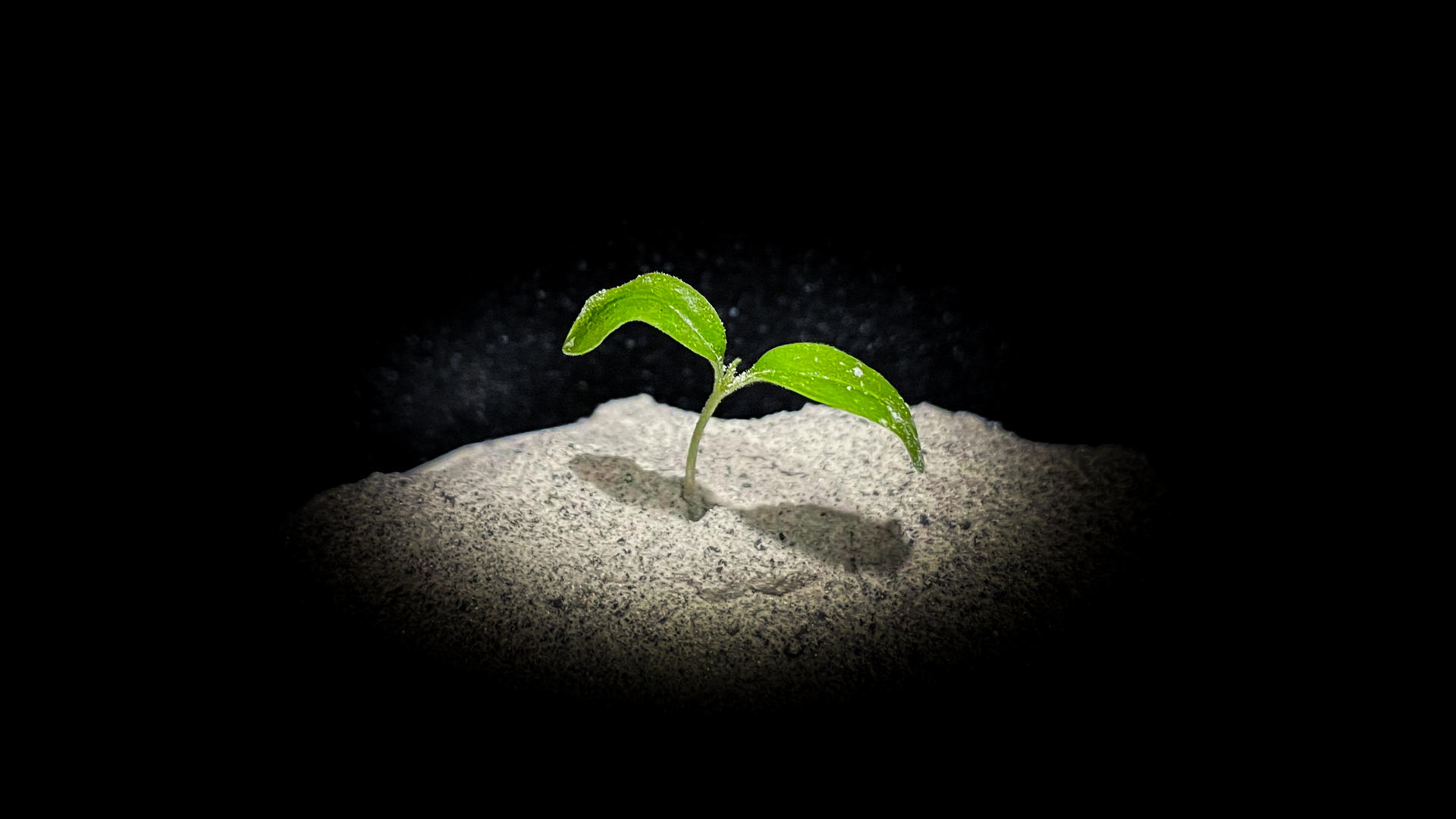
TITLE: Generation; LOCATION: 41.82311 degrees N, 71.41218 degrees W; DATE: 05/17/2022
MFA Works 2021-2022
- Architecture
- Ceramics
- Design Engineering
- Digital + Media
- Furniture Design
- Global Arts and Cultures
- Glass
- Graphic Design
- Industrial Design
- Interior Architecture
- Jewelry + Metalsmithing
- Landscape Architecture
- Nature-Culture-Sustainability Studies
- Painting
- Photography
- Printmaking
- Sculpture
- TLAD
- Textiles
